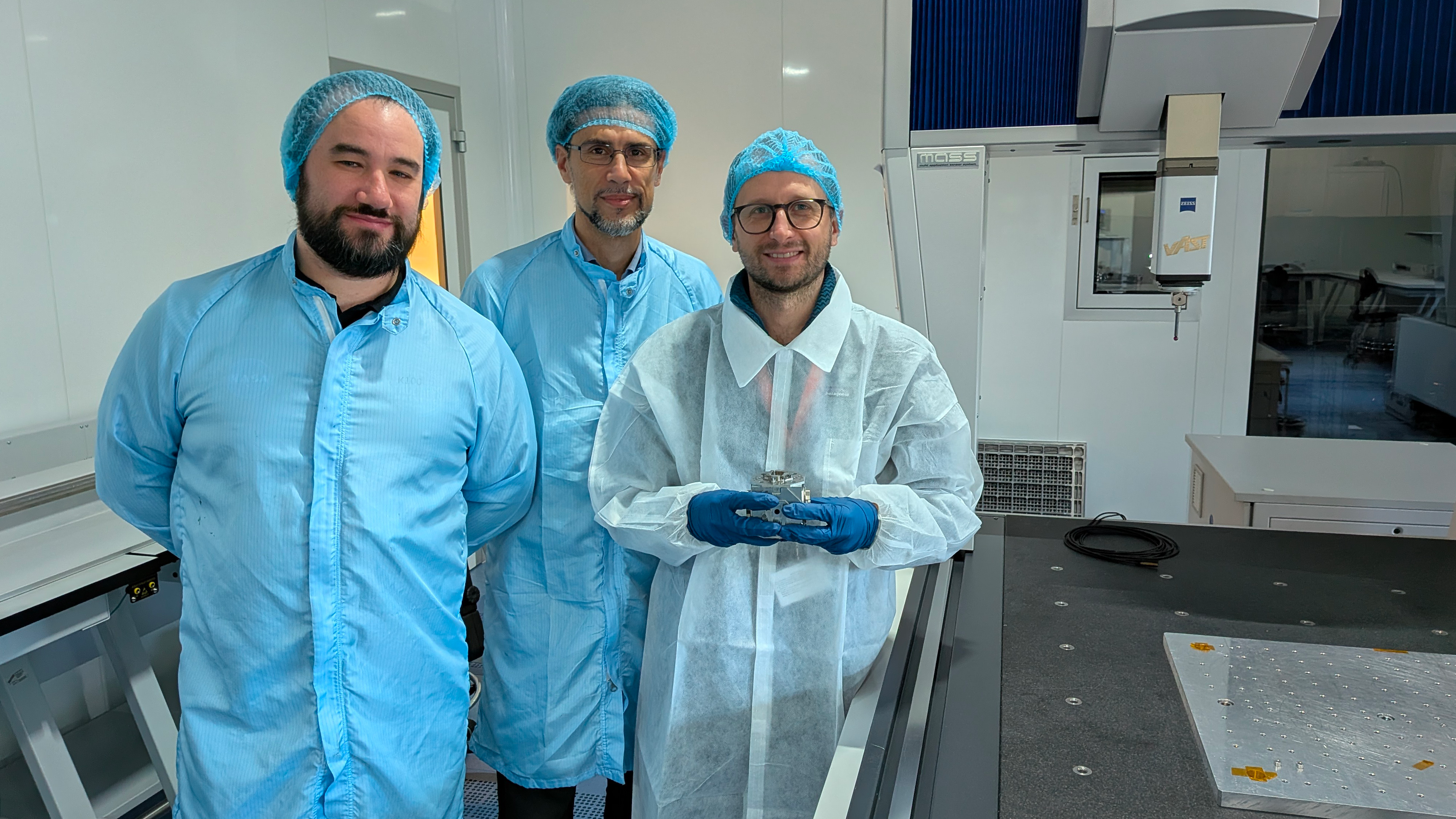 Around the pulsar Geminga, 815 light years far from us, there’s a faint but sprawling glow of gamma rays that could provide the solution to a 10 years long mystery. This is what emerges in a recent study based on the data recorded by the Fermi Gamma-ray space telescope and published on the journal Physical Review D on December 17. The study is the result of a work by researches from the NASA’s Goddard Space Flight Center, the INFN and the University of Turin.The mystery is about some particles, which are surprisingly abundant near the Earth: positrons, the antiparticles of electrons. This excess of positrons was observed in the last 10 years by experiments in space like Pamela, Fermi itself and AMS-02 onboard the International Space Station. And several hypotheses have been made on the origin of this excess: from the pulsars’ emissions to the decay or annihilation of particles of galactic dark matter.In this study, a decade of Geminga gamma-ray data acquired by Fermi’s Large Area Telescope (LAT) at energies higher than 8 GeV was analysed. This allowed not only to discover an extended halo of gamma rays around Geminga, but also to determine its physical characteristics. From the results, it emerges that Geminga alone could be responsible for as much as 20% of the observed positrons. If we consider all the pulsars of our galaxy, pulsars seem to be the main responsible for the excess of positrons observed around the Earth at energies higher than the tens of GeV
Around the pulsar Geminga, 815 light years far from us, there’s a faint but sprawling glow of gamma rays that could provide the solution to a 10 years long mystery. This is what emerges in a recent study based on the data recorded by the Fermi Gamma-ray space telescope and published on the journal Physical Review D on December 17. The study is the result of a work by researches from the NASA’s Goddard Space Flight Center, the INFN and the University of Turin.The mystery is about some particles, which are surprisingly abundant near the Earth: positrons, the antiparticles of electrons. This excess of positrons was observed in the last 10 years by experiments in space like Pamela, Fermi itself and AMS-02 onboard the International Space Station. And several hypotheses have been made on the origin of this excess: from the pulsars’ emissions to the decay or annihilation of particles of galactic dark matter.In this study, a decade of Geminga gamma-ray data acquired by Fermi’s Large Area Telescope (LAT) at energies higher than 8 GeV was analysed. This allowed not only to discover an extended halo of gamma rays around Geminga, but also to determine its physical characteristics. From the results, it emerges that Geminga alone could be responsible for as much as 20% of the observed positrons. If we consider all the pulsars of our galaxy, pulsars seem to be the main responsible for the excess of positrons observed around the Earth at energies higher than the tens of GeV
You might also be interested in

Quantum computing: INFN and the US SQMS laboratory renew their collaboration

Search for new physics: a possible new approach from bent crystals

Einstein Telescope: Lusatia officially enters the competition

Detecting gravitational waves from space: first steps for the LISA mission

ORIGINS. Exploring Science Communication and Journalism
